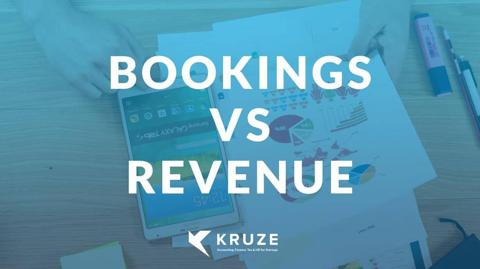
Simple is usually best for early-stage companies since more complexity can take time away from critical startups’ goals like hiring, achieving product-market fit, and fundraising. However, as a company grows, a common progression for organizations using Quickbooks is to implement a department-based set of financial statements. Setting up departments in QuickBooks Online can help a startup in a number of ways, but does take a bit of time. As expert QuickBooks Online Accountants, here are the benefits we see:
The primary benefits of setting up departments in QuickBooks Online
For the CEO:
For any company with 20 or more employees, full P&L responsibility in terms of actual and budget becomes overly cumbersome. This may result in inaccurate projections as intricacies of underlying drivers is difficult, if not impossible, to manage centrally. Splitting up your finance data by team can provide the CEO with a lot of insights into what different teams are spending and how they are growing.
For your investors:
Understanding, communicating and managing scalability is much clearer if costs are broken out. This also facilitates peer analysis and allows investors to track against industry benchmarks.
For your team:
Reporting and tracking spend by department allow greater visibility and accountability among your team leaders. It also enables managers in different parts of your startup to understand and communicate their own performance within the context of the organization’s growth.
How to set up Departments for your Startup in QBO
In Quickbooks Online, there are 2 ways this can be done, each with advantages and disadvantages:
- **Utilizing the “classes” functionality in Quickbooks. **
- There is a pre-existing “class” field in Quickbooks that can be leveraged to allocate a department to a class. Each expense recorded in the P&L is assigned a “class.” The example below shows G&A department expenses:

- Advantages: Readily available, easy for non-finance staff to understand, Classing functionality is also able to be integrated into other complementary financial systems like Bill.com, Expensify, and Brex
- Disadvantages: More cumbersome historical reporting as Quickbooks allows download of only 1 period at a time
2. Adjusting Your Startup’s Chart of Accounts in Quickbooks.
- This would involve creating new master accounts for each department and assigning each master account a sub-account such as Salary, Meals & Entertainment, Airfare, and Consulting. The below example shows a breakout of an R&D Department spends:

- Advantages: Allows for quicker, simpler reporting by time period
- Disadvantages: Requires frequent “cleansing” of data, difficult to update for restructures, more difficult for non-finance staff to understand, longer implementation process, results in a lengthy, complex P&L
Our Recommendation
For companies without in-house Finance staff, we recommend utilizing the “class” functionality in Quickbooks Online due to the ease of implementation and management. It is simple for non-Finance staff to understand which means the inputs they enter into complementary finance systems are more likely to be accurate.
For companies with an in-house Finance team, and a relatively stable organizational structure, the Chart of Accounts method may be preferred as it allows for quicker and more detailed reporting across multiple time periods. It is, however, a little trickier to keep up-to-date and can equate to a very lengthy P&L if you have a large number of classes. We do not recommend you do this until your startup has a stable org structure, as your finance team will be running in circles trying to keep up with changes - and reclassing historical data can be a real pain, making it hard to do period over period comparisons.
While the decision of which method to use depends on individual preferences, at some point, for a growing organization, at some point departmental reporting and tracking become a necessity. If you have any questions or need any help working through this type of transition, please get in touch and see how we can help.















